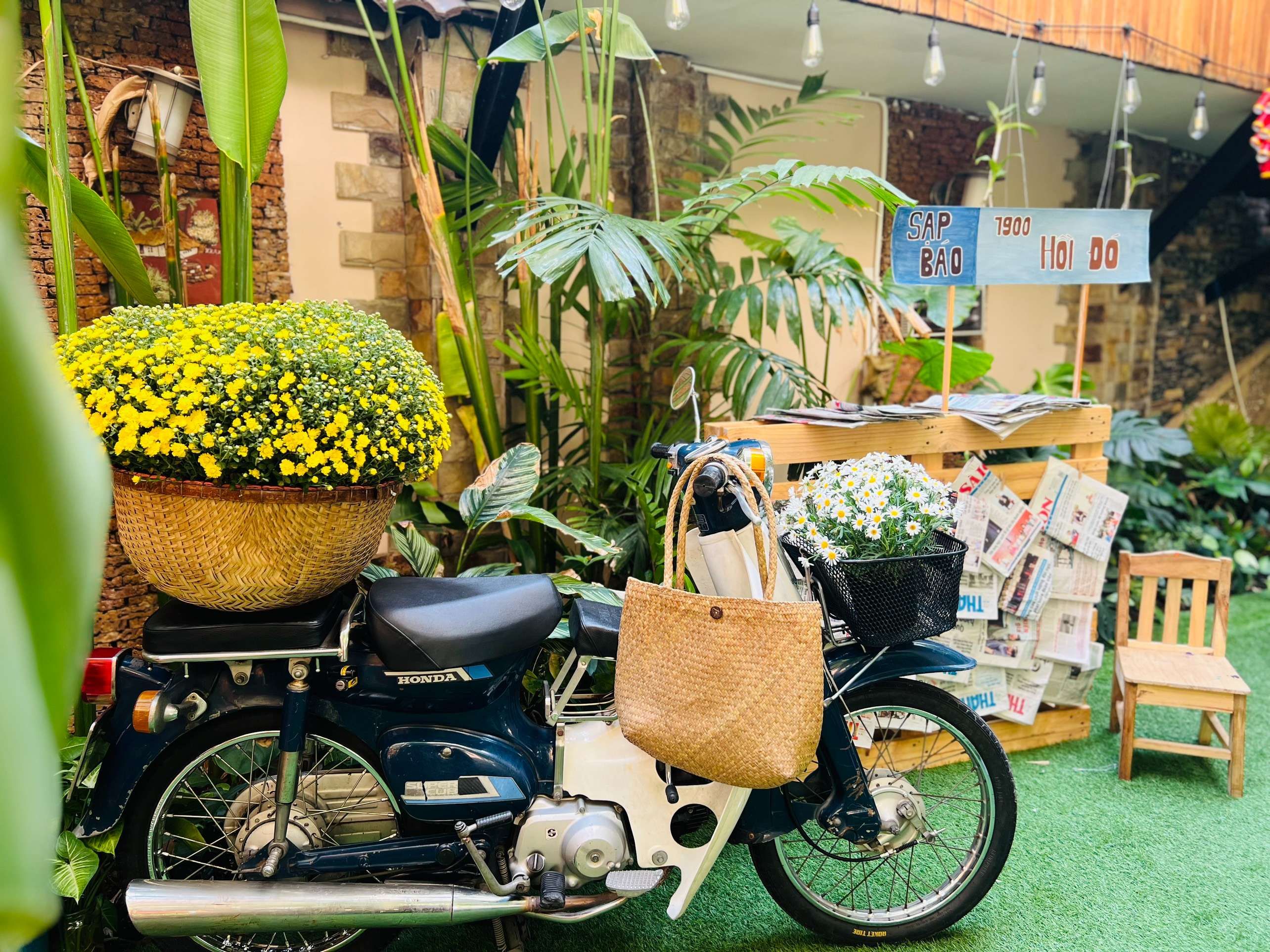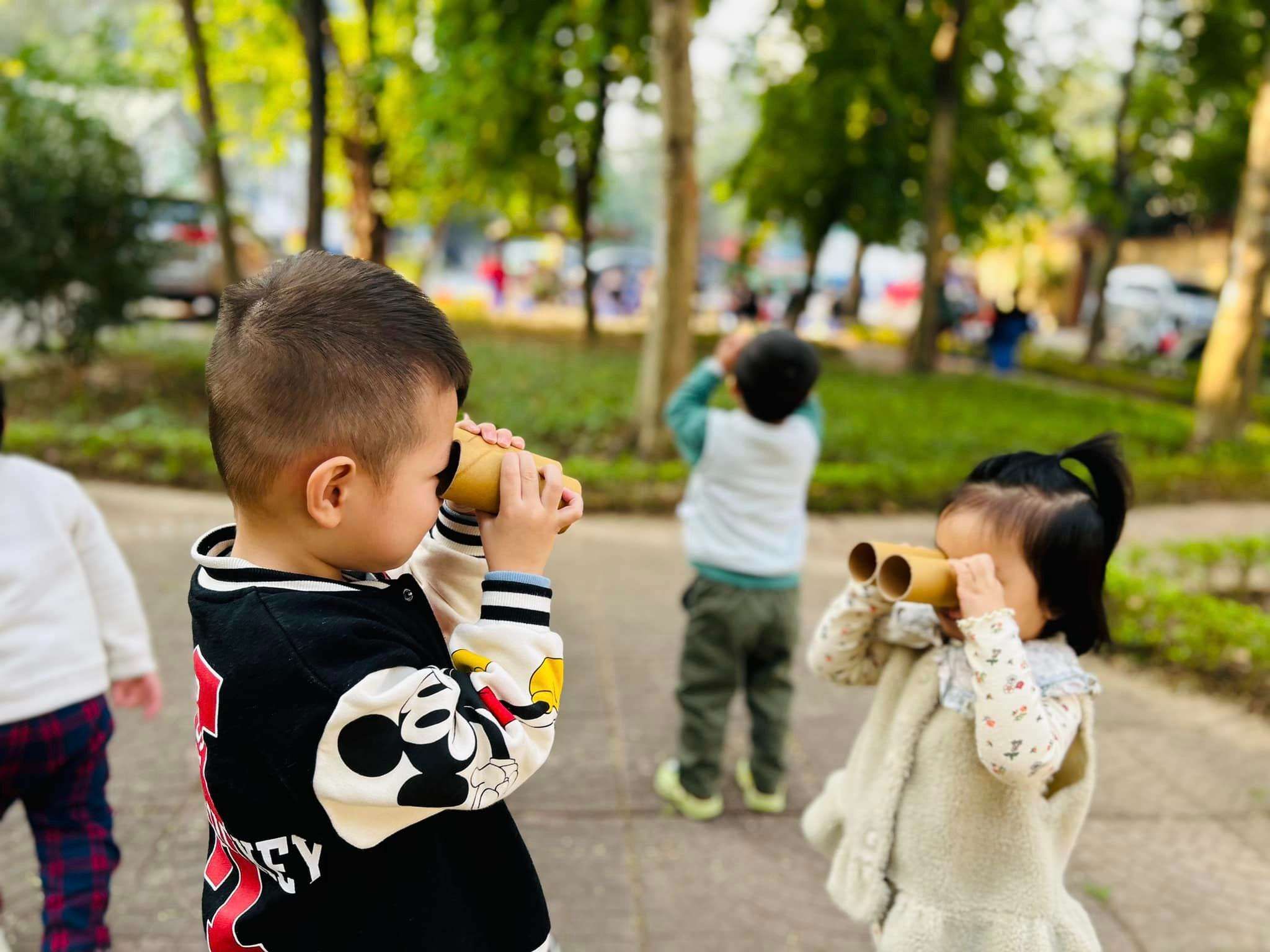Những bữa ăn ngoài trời
Usually, the first reaction of adults when seeing these things is to immediately ask the child to give the item back to the other friend or immediately give it to the parents and not continue playing; Separate the child and ask you to apologize even though the child does not understand the problem; or even ask the child to stop playing and go home immediately. These actions of adults actually stem from wanting to immediately end the problem (fighting, arguing and crying), with the feeling of being afraid of the other parent about their child's behavior. and fear of being judged... However, this invisibly does not consider the child's feelings, does not help find out the reason why the child behaves like that and how to handle it so that next time this situation will not happen again. to act.
In fact, children's ability to control their emotions is very low, so in case of anger or frustration when you fight for toys or bother them, using their hands and feet is almost their first action. Many parents are very afraid of their children hitting their friends, thinking that their children will use violence in the long term to solve the problems they encounter. But we have to admit that disputes and conflicts that happen in young children are usually not too serious. In particular, when properly intervened, these are also GREAT OPPORTUNITIES for parents to guide their children on how to play with friends and handle situations appropriately. Therefore, parents should stay calm in these situations, avoid handling them poorly, causing children to not understand the problem. This will likely make the child more angry and frustrated, and next time they will continue to use their hands and feet, perhaps stronger or more stealthy, or become afraid and not dare to demand their rights.
It is not too difficult to train children to play peacefully with each other
ME School will suggest a process to handle a fight or conflict in children through the following 6 small steps:
Step 1: Stop the action, separate children from each other and the area where the fight just occurred
When detecting children having conflicts or scuffles, the first thing parents need to do is separate their children and use short sentences such as: "I feel unhappy when you hurt your friend", " I don't want you to hurt your friends"... This is simply to let your child know that fighting or hurting you is not the right behavior, you need to stop doing it whether you like it or not and your parents will help you find a direction. other solution. Remember that sentences must be short, do not criticize the child's behavior, and do not make excuses such as: "You are so bad", "Hitting your friend is bad", "Why do you hit your friend?", "Do you know that hitting your friend is bad?" Is it painful?”…
Step 2: Acknowledge your child's feelings and give them time to calm down
Most emotions are negative emotions that are really not scary. It is not good for children to express their emotions in negative ways such as screaming, smashing, throwing things or hurting new friends. But the fact that children scream, smash or struggle with you only comes from wanting to relieve the emotions they are having: anger, feeling bothered or disappointed... So, it's the adults' job at this time. This is recognizing your child's emotions, helping them name their emotions, understand their emotions and how to control them. This is a very simple thing but is always forgotten by adults. Perhaps because adults have forgotten the role of emotions in behavior, emotions will determine children's behavior: when they are happy they will definitely cooperate and usually when there are negative emotions they will scream, destroy or hurt people around...
An action that adults can often see in children after a fight is crying. If the child cries, let the child cry. Because crying is the most peaceful and, arguably, the most positive way to release emotions. If your child is asked to stop crying, they will find ways to release their emotions in other ways such as screaming, flailing their arms and legs, hitting things, even hurting people around them or worse.


